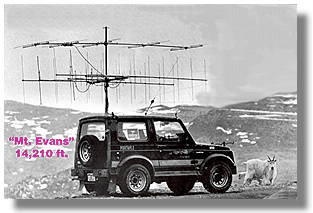No, it’s not exactly MER, I’ll try to make it easier to understand, hopefully I can explain it the right way un-technicallised, (yes I think I just made up that word). It gets very technical, both SNR & MER are different to C/N ratio, but are linked to it.
SNR relates to the signal quality, yes, but so does MER.
Both SNR & MER are mathematical algorithms that take a number of things into account.
SNR is the ratio between the rms value of the payload data and the reduced effective error.
MER is the ratio between the rms value of the payload data and the effective error without reduction.
The MER will always be a lower dB (worse) value than SNR.
For that Green SNR indicator to be at full value, I’d expect an SNR of 30 - 35dB, which would represent a reliable solid signal.
Having a strong signal strength (full green bar like you have), doesn’t necessarily mean you’ll have good reliable reception.
If the SNR was at full green bar, the signal strength could be at 2/3 full-strength & you could still have a strong reliable listenable signal.
One of the most important digital signal measurements, (which are generally not indicated on consumer items (digital radios or TV’s), is BER Post Viterbi or the number of bit errors after the error correction has been done.
This tells you the number of bit errors still left in the data after error correction & is what will be used to decode the signal.
If you’ve still got too many bit errors Post Viterbi (after error correction), you’ll have no reception, or if it’s borderline, you’ll get breakups & dropouts.
Sorry now I’m getting technical & pushing past most peoples understanding.

 . They did log a ticket with Mazda headquarters. But they said they don’t know if it will be ever fixed. Looks like I just need to followup.
. They did log a ticket with Mazda headquarters. But they said they don’t know if it will be ever fixed. Looks like I just need to followup. They’re a really nice drive. Ford service can be a bit hit and miss but I’ve been happy with my dealer so far. Free loan car for servicing too (tolls included!) which is a nice bonus.
They’re a really nice drive. Ford service can be a bit hit and miss but I’ve been happy with my dealer so far. Free loan car for servicing too (tolls included!) which is a nice bonus.